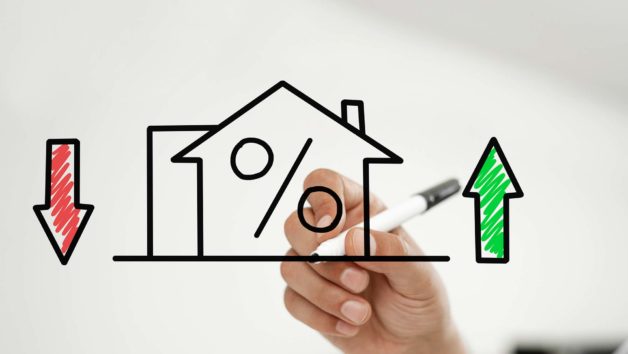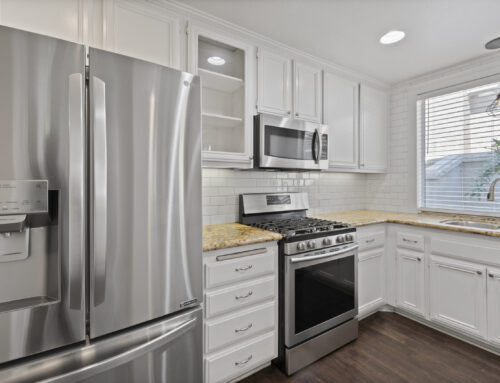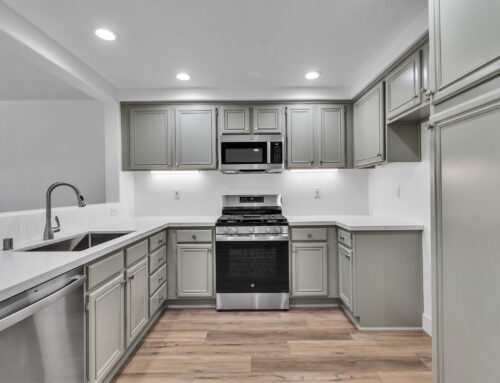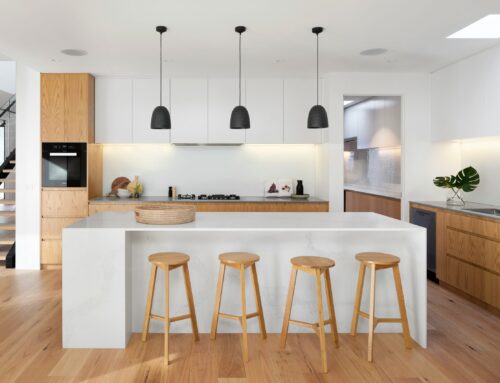One huge question among home buyers who need a loan is this: when to lock in mortgage rates. Some panicky sorts might presume they should lock one in ASAP (because have you seen how rates are rising?), while others argue that the waiting game could pay off (in case rates fall). Who’s right?
A rate lock is important because mortgage interest rates fluctuate in response to market forces—much like the price of apples or homes—and even small fluctuations can cost you big-time.
A mortgage rate lock, as you might guess, locks in an interest rate for your loan for a certain period of time before you close the deal. Let’s say, for instance, you see that rates seem like they’ve hit rock bottom, like at 4%. Lock that in for 30 days, and even if rates shoot up to 5% by the time you close on your home three weeks later, your “lock” means you still get a loan at that sweet 4% interest rate.
But this knife can cut both ways. What if you lock in at 4%, but then those rates dip still further to 3%? That could mean you’re stuck paying more for your mortgage than had you refrained from locking in and kept your options open. As such, trying to figure out the perfect time to lock in mortgage rates can keep borrowers up all night.
There’s no crystal ball, of course, but there are some ways to figure out when a rate lock is a good bet for you.
Sign No. 1: You’ve made an offer and are in contract
Generally, it makes sense to lock in your rate after you’ve made an offer that’s been accepted and you’re in contract to own a home. This means you can expect to close within a few weeks—and most lenders will offer to lock in your rate for free for 30 days. That’s the perfect window of time to take you through to the finish line.
All that said, there are instances where you may want to lock in for longer. Let’s say, for instance, you agreed to give the sellers time to find a new home before they move out. Or if you’re self-employed, the lender may take longer to verify your income. In cases like this, consider requesting a lock lasting 90 days, 120 days, and even 150 days. You might have to pay for this privilege, but it may be well worth the money if you need the extra time, says Darren Ferlisi, a lender at Integrity Home Mortgage in Frederick, MD.
Sign No. 2: Interest rates are rising
If interest rates are generally trending upward, you should lock in sooner rather than later before rates spiral higher. And currently all signs point up.
After the Fed acted to boost a key interest rate in December, our chief economist, Jonathan Smoke, declared that “rates like we’ve seen for most of the past five years are indeed history.”
All in all, be sure to check the latest mortgage rates before you take the plunge.
Sign No. 3: Interest rates are volatile
Whether interest rates are going up or down is one thing, but if they’re vacillating both ways wildly, that’s another reason to crave the stability of a rate lock.
“Rates today are unusually volatile—they are making large moves up and down in short periods of time,” says Joe Parsons, a loan officer at Caliber Home Loans in Dublin, CA. “For this reason, prudent borrowers are locking their rates early in the process.”
Sign No. 4: You’re on the cusp of (not) qualifying for your loan
If you’re borrowing near the limits of what your financial profile will allow, locking in is smart because it could keep rate fluctuations from leading to a nasty surprise when you close.
Here’s why: Typically a house payment should be no greater than 28% of your gross monthly income—so, for instance, if you’re making $6,000 per month before taxes, that means a house payment of no more than $1,680. If a higher interest rate pushes that payment above that 28% threshold, then your lender may balk at loaning you the money, causing the whole deal to fall through.
“An early rate lock means there are no hidden surprise down the road,” says Mark Livingstone, president of Cornerstone First Financial, a mortgage lender in Washington, DC. Because after all, last-minute surprises are the last thing you want when you’ve put all this time and effort into buying a home.
Original article published on Realtor.com written by Daniel Goldstein






